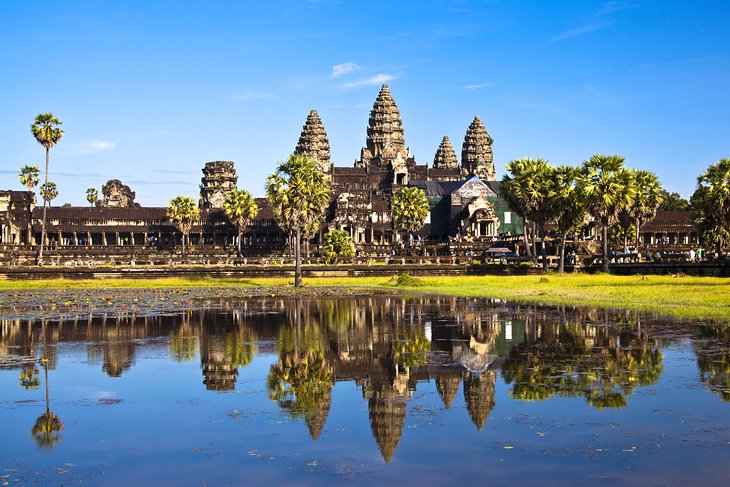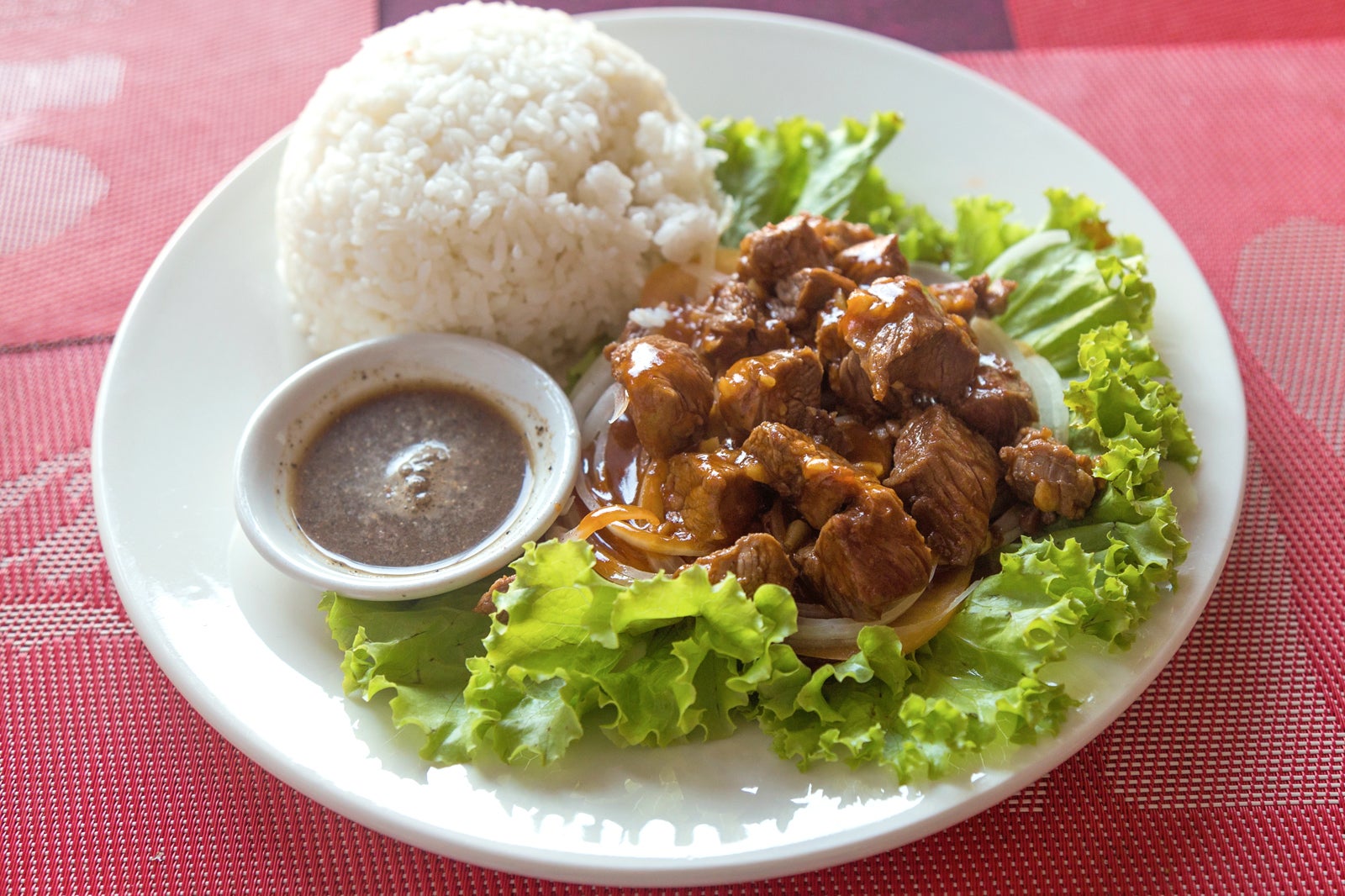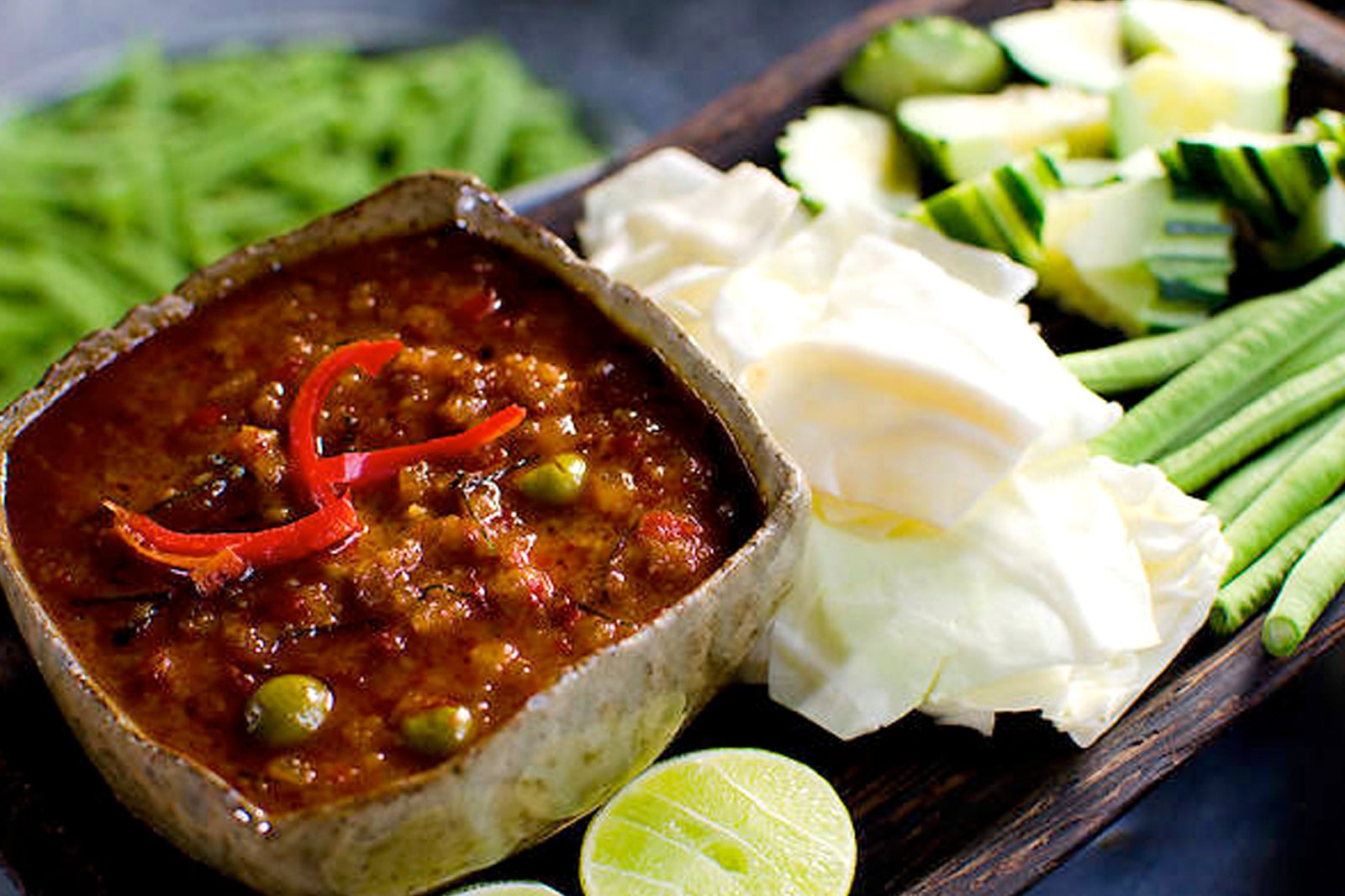This temple city is Cambodia's number one drawcard. Accessed from the town of Siem Reap, the temples of the Angkorian period are so ambitious in scale and in the majesty of their construction, that Angkor Wat is rated as one of the world's must-see ancient sites. Built between AD 802 and 1432, this was the largest city in the world during the medieval age and the vast powerhouse of the Khmer kings who endeavored to outbid their predecessors in the beauty of their construction. As the city's wooden dwellings were encroached and then decayed by the surrounding jungle, what remains today, are just those mighty temples.
The temple of Angkor Wat itself, the world's largest religious building, is only one sliver of the site in total, and the sprawling circuit of temples deserves three days to explore if you want to understand the scope of the Angkorian period's architectural achievements.
For those short on time though, the main highlights after Angkor Wat are the tree-root clasped temple of Ta Prohm (which first found international fame as a location used in the movie Tomb Raider), the Bayon Temple for its 216 stone-carved faces, Angkor Thom, and Preah Khan.
Food in Angkor Wat
1. Lok Lak
Lok lak or stir-fried beef varies from one cook to another, but it’s usually accompanied with fresh lettuce, tomato, red onion, and cucumber slices. To produce its distinctive flavour, the meat is marinated overnight with a unique combination of fish sauce, soy sauce, lemon, pepper, and oyster sauce. If you’re not a fan of beef, most restaurants can easily substitute it with venison, pork, chicken or even tofu. As with most local dishes in Siem Reap, lok lak is served with rice, fried egg, tangy brown sauce, and a side of fresh lettuce leaves.
2. Khmer Red Curry
Khmer red curry, despite its striking colour, does not contain chilli, making it a much milder version of typical Thai and Indian curries. Ideal for those who can’t stand spicy food, this coconut milk-based dish utilises kroeung, which is a Khmer curry paste made with lemongrass, galangal, kaffir lime zest, and turmeric. Traditionally served with a French baguette, it’s cooked together with meat slices (beef, chicken or fish), eggplant, green beans, and potatoes. The best place to enjoy Khmer red curry is at Khmer Kitchen Restaurant, though we highly recommend Malis Cambodian Restaurant’s Kampot rock crab red curry (US$22) for seafood lovers.
3. Prahok Ktiss
Prahok Ktiss is a traditional condiment in Siem Reap which uses fermented fish paste as its main ingredient. While most prahok-based dishes have a very strong, pungent flavour, this dipping sauce is palatable to most visitors thanks to the addition of sliced pork belly or minced pork, eggplant, coconut milk, and kroeung (Khmer curry paste). Served with plenty of freshly sliced vegetables such as carrot, cabbage, cucumber, and long beans, prahok ktiss is typically enjoyed as a snack or side dish to noodles or rice.




No comments:
Post a Comment